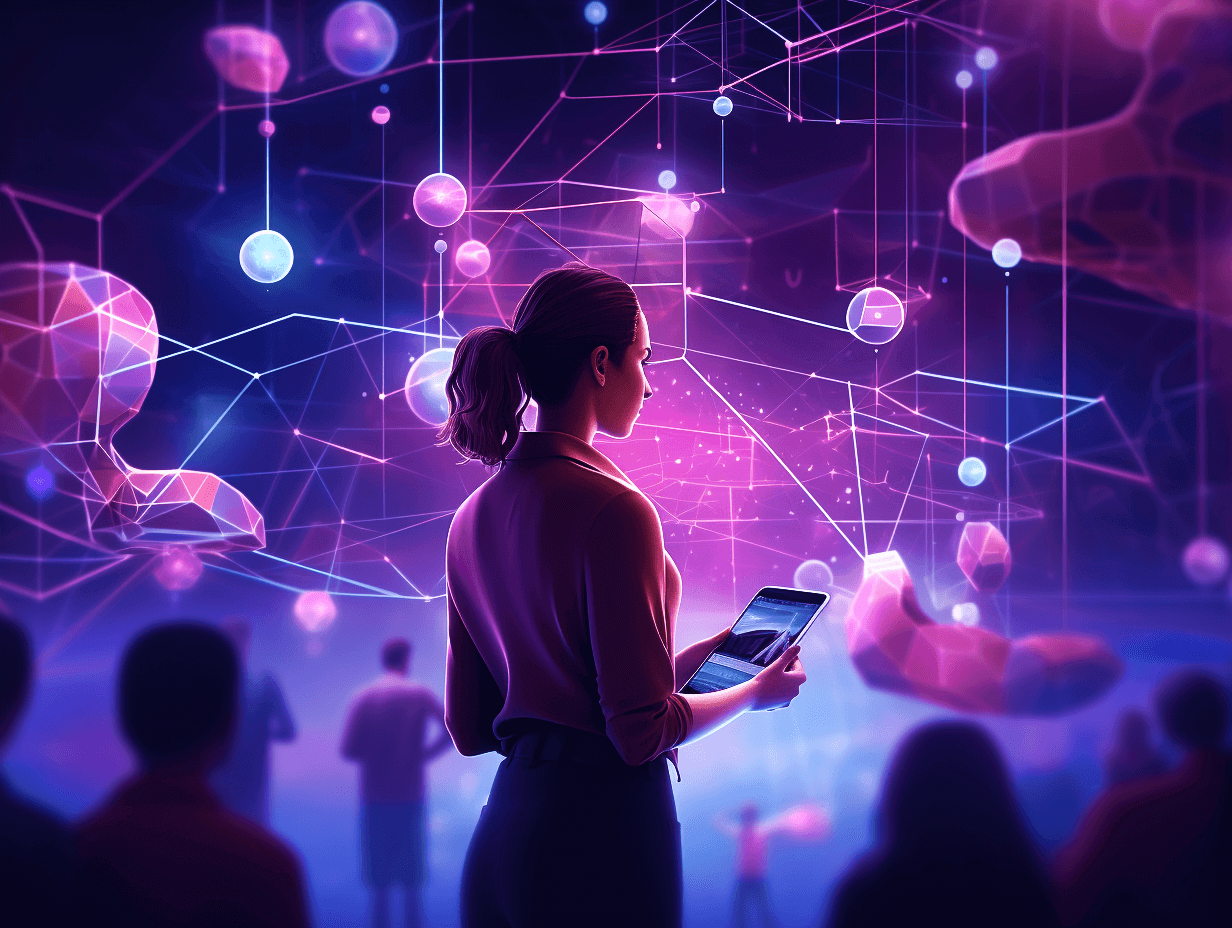Customer engagement powered by AI is changing how brands design and deliver experiences. This blog explores 5 powerful ways AI can personalize, predict, and boost interaction across key markets like Singapore, India, and the US, offering tangible strategies that improve real outcomes.
Introduction: Why Your Engagement Metrics Are Stalling
If your churn is creeping up or NPS feels stagnant, you’re not alone. A 2024 Gartner study found that 58% of digital-first brands struggle to convert high traffic into sustained engagement. The culprit? Experiences that feel generic, reactive, or outdated.
Customer engagement today is about anticipating needs, not just responding to them. And AI, when integrated into customer experience design, turns reactive interfaces into intelligent systems that learn, adapt, and personalize.
What’s Blocking Customer Engagement in 2025?
The biggest obstacles we see across SaaS and enterprise clients:
- Over-reliance on static UX flows
- One-size-fits-all onboarding
- Limited use of behavioral data
- Disconnected tools between marketing, product, and support
In Singapore and India, especially, where mobile-first and multilingual users are dominant, failing to adapt in real-time quickly kills engagement.
How Does AI Improve Customer Experience Design?
AI enhances customer experience by:
- Predicting user intent using behavioral data
- Generating content (like personalized emails or in-app tips)
- Testing UI variants at scale for faster iteration
- Segmenting users dynamically to personalize flows
Think of it as your design co-pilot—able to crunch billions of data points, suggest variations, and surface what’s working.
Real-World Examples: AI Driving Engagement
1. DBS Bank, Singapore
Deployed AI-driven chat and personalization across web and app. Result: +24% in app usage and +18% in product uptake (source: DBS Annual Report 2023).
2. Spotify’s Discover Weekly
AI curates a playlist every Monday. That single feature boosted retention among active users by over 40%, according to an internal study cited by Vox.
3. Amazon India
Uses regional language preference and predictive delivery options. Result: Faster checkouts and repeat purchases among Tier 2/3 users.

Why Customer Experience Design Agencies Are Rethinking AI
A modern customer experience agency isn’t just designing interfaces. It’s designing adaptive, AI-augmented systems. Agencies that understand AI can:
- Map user journeys dynamically
- A/B test and deploy variants instantly
- Create modular design systems that scale with behavior
That’s what sets a customer experience design agency apart in 2025.
The ProCreator POV: Strategy Meets AI
At ProCreator, we recently worked with a global fintech client to redesign their onboarding. By integrating AI-driven nudges (based on error-prone actions), we:
- Reduced drop-off by 31% in the first 7 days
- Improved task completion rate by +22%
Our approach: Start with journey mapping, plug in predictive analytics, and design modular components that adapt to each cohort.
Design with AI, Not Just For AI
Here’s what that looks like:
- Trigger-based UI changes: Forms adapt in real-time based on input patterns.
- Micro-personalization: Copy, CTAs, and visuals shift by segment.
- Real-time feedback loops: Every action trains the system.
This isn’t about gimmicks. It’s about deeply contextual, behavior-aware design.

Common Myths About AI in Customer Engagement
Myth 1: AI drives engagement without human input.
Reality: AI augments what human designers create. It handles data, tests variations, and scales personalization, but human intuition, empathy, and context are still key to building trust and relevance.
Myth 2: AI is only for big tech.
Reality: Tools like Mixpanel, Heap, and GPT-4 APIs are accessible to startups and midsize companies. You don’t need a massive AI lab to build smart, adaptive customer journeys.
Myth 3: Personalization ends at first name tokens.
Reality: Real personalization is behavioral. It adjusts layouts, timing, messaging, and design flows in real time, based on what users actually do, not just who they are.
Tactical Takeaway: A 5-Point AI Design Checklist
- Behavior Mapping: Use tools like Hotjar + GA4 + OpenAI to define intent
- Segment Design: Build flows for micro-cohorts, not just personas
- AI Content Blocks: Use GPT-style prompts for dynamic copy
- Predictive Adaptation: Auto-adjust flow based on user stage
- Test > Learn > Adapt: Automate UX tests and feed into design ops

Conclusion: Where AI-Driven Engagement Wins
The future of customer engagement isn’t just digital—it’s intelligent, predictive, and adaptive. If you want your brand to stand out in competitive markets like Singapore or the US, AI-powered design isn’t optional. It’s foundational.
If your engagement is stalling, it’s not your product—it’s your design strategy.
Partner with ProCreator, a top customer experience design agency, to embed AI into your CX layer. We design for outcomes—higher retention, deeper engagement, and real-time personalization.
Book a CX audit or consult our AI + UX team today.
FAQs
How does AI personalize customer experience?
AI analyzes behavior, segments users, and adapts content/design to match user intent.
Do I need custom AI tools to improve CX?
Not necessarily. Tools like Mixpanel, Heap, and OpenAI APIs work with most stacks.





